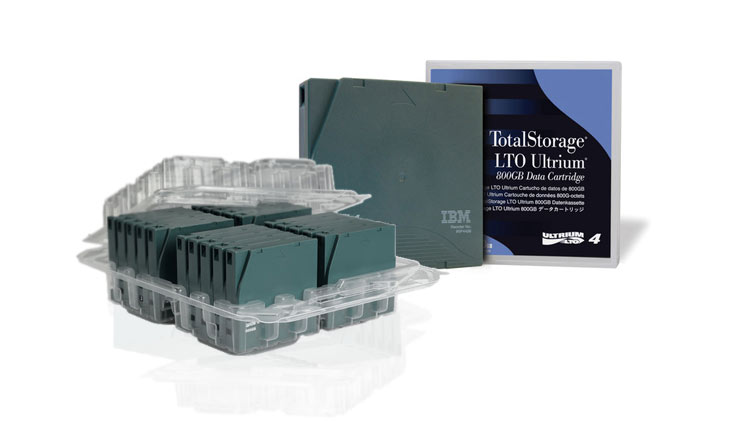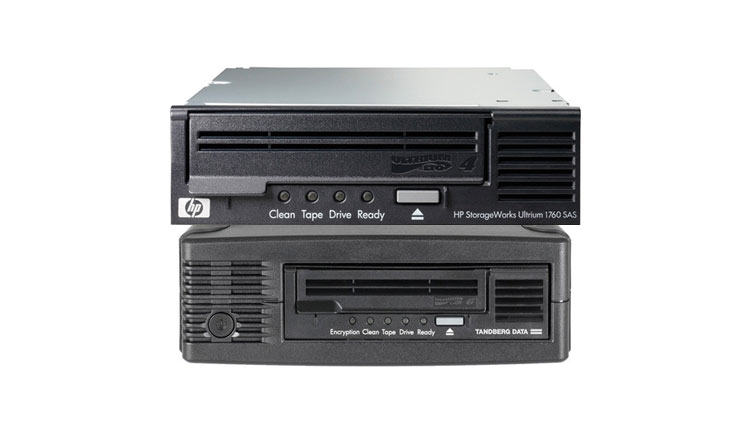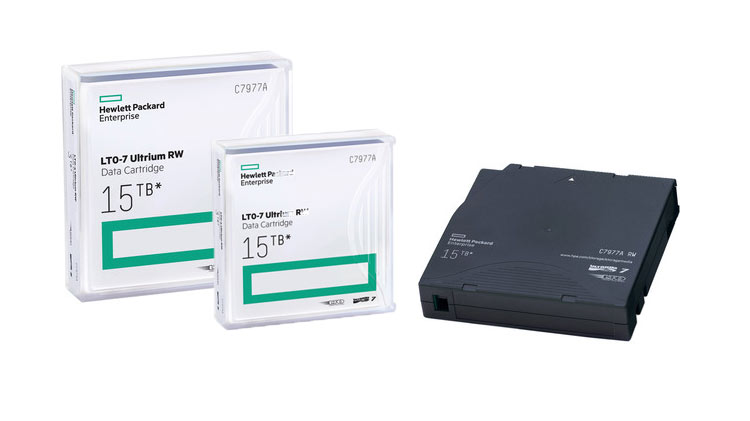
There have been many times when we have had graphic designers or architects come to us seeking data recover from Tapes such as LTO or DDS
. While it is not entirely impossible to service these requests, they are not as easy as many seem to think they are.
This adds a new level of complication to an already complicated process. That’s because those graphic designers and architects would have made their requests under the impression that the process would be as easy as connecting a hard drive to a computer, then reading the contents.
As it turns out, this is easily the largest misconception about tape recovery out there. It just doesn’t work that way. And it is for that reason that people are surprised that it takes so long to diagnose a tape or the recover data from one. You have to believe me when I say that long turnaround time for tape recoveries is the norm and not a ploy by a data recovery service to skim a few extra hundred dollars from you.
Let me explain in further detail what tape data recovery entails:
Plugging the tape into the drive, assuming you have the correct drive

This is where I have to explain that not only are there many different types of tapes, there are just as many formats (LTO, 12345, etc.). But where it really gets tricky is that each number works only with the drive that reads just that number and no other. In other words, you have to exactly match the tape to the drive. This is a very complicated first step in the process.
Tapes are usually archived by software like Symantec or equivalent
And to further complicate this step, in order to de-archive the tape software is required. Or, you may require a specially developed program software that can de-archive the tape if the software used to originally archive it happens to be obsolete or unavailable.
It Doesn’t Take 1-2 Minutes To Read The Tape Like A USB Drive Or Hard Drive
Here’s where I point out that you should not be surprised when a data recovery company tells you that the diagnostics will not take place the same day you came in with your tape. For example, we had a client drop off 90+ LTO4 tapes with us and insisted we diagnose them for free because he was pretty sure it was as easy as plugging the tapes into the tape drive. At the moment there are LTO7 types with 15TB compressed – just take a wild guess how long it would take to de-archive something like that.

Reading And Copying Data From Tape Are Two Different Things
While it is possible to create a reasonably quick catalog of multiple tapes, copying all data from – for example – 90+ tapes will take a tremendous amount of time. It could be up to a year assuming that the tapes in question are compressed 3TB. For uncompressed, expect the timeline to stretch even further. This, quite simply, adds a huge complication to the process that is often believed to take within 24 hours to fully complete.
So, since I have broken it down for you, you should now have a far better idea on why these four major misconceptions are based on fantasy rather than reality. Tape recoveries are nothing like any other type of data storage device. As they are so unique compared to Flash, USB and beyond, they also have their own unique set of complications.
Don’t be all that alarmed if you visit a data recovery lab and receive what may appear to be a high-end quote or an estimated turnaround time that would be in the weeks, months or longer time frame. Believe me when I say that it is to be expected with tapes. Don’t assume otherwise or you will be disappointed.
In Conclusion
If you have a case where you require data recovery from tape or multiple tapes, contact us first and specify what kind of tapes they are. We will also need to know a few more things about the tapes such as the type, format, the software used to archive, how many tapes there are and your expected turnaround. With all of this information, we will be able to give you an estimate. Just fill out our Contact Form with the information requested above and we’ll get back to you.
All images used in the blog post attribute to Bhphotovideo
